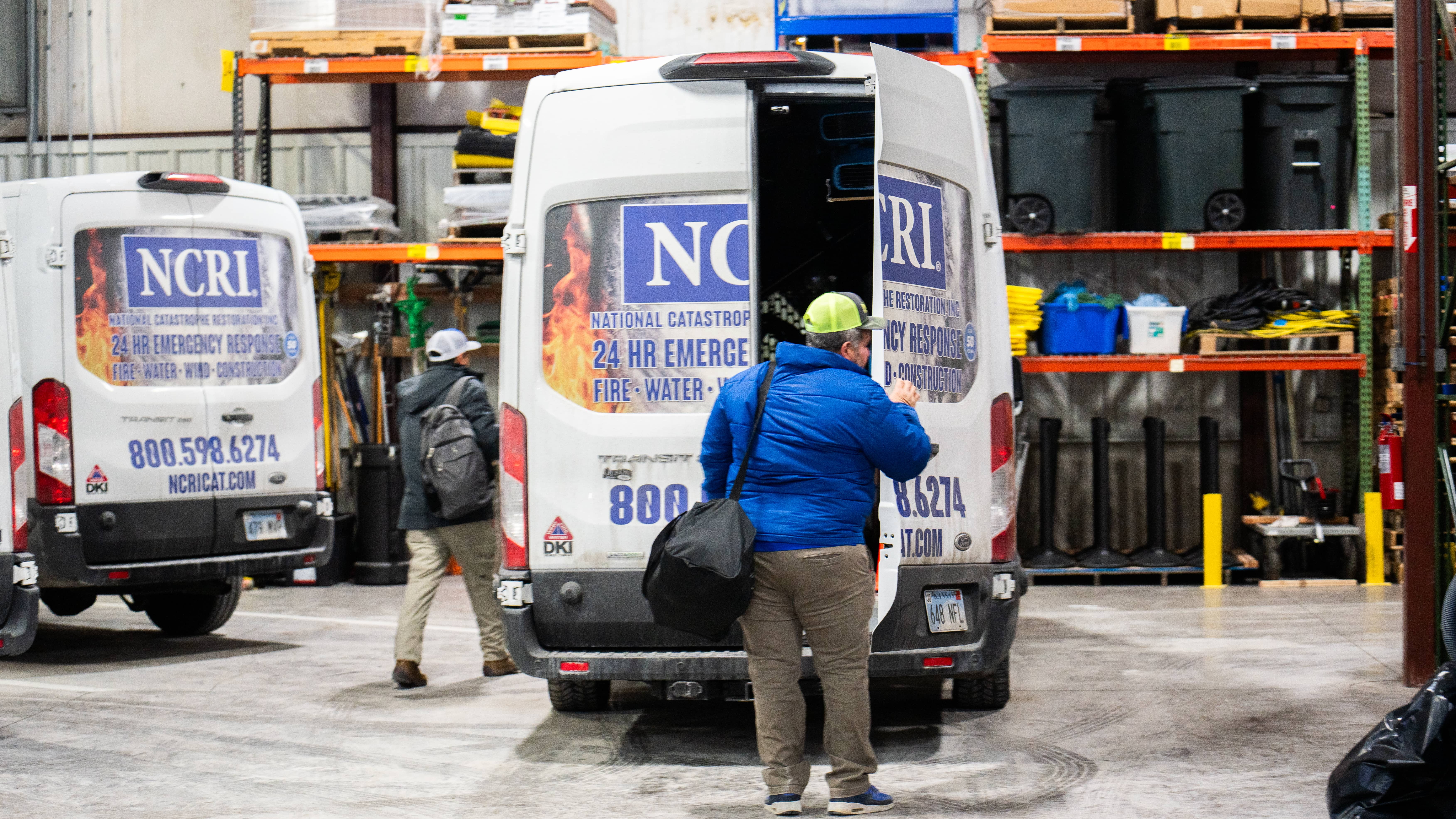Types of Mold

What Mold Color Can Tell You—And Why It Matters
Mold isn’t just a cosmetic issue. Depending on the type, it can impact indoor air quality, cause health issues, and even lead to structural damage. One of the first signs of a mold problem is color—and it can tell you a lot about how dangerous the situation might be.
At NCRI, we’ve helped clients across the country assess and eliminate mold issues quickly and thoroughly. Below is a breakdown of the most common mold colors, what they mean, and how dangerous they are to your health and property.
Mold Colors, Types, and Associated Risks
Black Mold
Color: Dark black or greenish-black
Common Type: Stachybotrys chartarum
Where It Grows: Behind drywall, on insulation, under carpeting, near HVAC systems
Danger Level: Severe
This is one of the most toxic and dangerous molds found in buildings. Black mold produces mycotoxins that can lead to serious health conditions, including respiratory problems, chronic fatigue, headaches, and neurological issues. Immediate professional remediation is required if black mold is present.
Green Mold
Color: Light to dark green
Common Types: Aspergillus, Penicillium, Cladosporium
Where It Grows: Bathrooms, kitchens, ceilings, and around windows
Danger Level: Moderate to High
Green mold is extremely common and spreads quickly in damp environments. While not always toxic, certain strains can cause allergic reactions, sinus infections, and worsen asthma or other respiratory conditions. Prolonged exposure should be avoided.
White Mold
Color: White, powdery or fuzzy
Common Types: Aspergillus, Penicillium
Where It Grows: Basements, crawl spaces, exposed wood, cardboard
Danger Level: Low to Moderate
White mold often goes unnoticed and is commonly mistaken for dust or salt buildup. Though it tends to be less harmful, long-term exposure can still lead to allergy-like symptoms and degrade building materials like wood and drywall.
Yellow Mold
Color: Yellow or mustard-colored
Common Type: Serpula lacrymans
Where It Grows: Wood framing, floors, and hidden water-damaged areas
Danger Level: Moderate to High
Yellow mold is more dangerous to the structure of a building than to human health. It feeds on wood and other organic materials, causing structural deterioration over time. Left untreated, it can compromise a building’s integrity.
Blue or Blue-Green Mold
Color: Blue or greenish-blue
Common Type: Penicillium
Where It Grows: Walls, insulation, HVAC systems, spoiled food
Danger Level: Low to Moderate
This mold is often seen on spoiled food, but when found indoors, it can trigger mild allergic reactions. It spreads easily through air ducts and should be professionally removed if growing inside the walls or ventilation systems.
Pink Mold (Technically a Bacteria)
Color: Pink or reddish-orange
Common Type: Serratia marcescens
Where It Grows: Bathrooms, tile grout, showers, and humid areas
Danger Level: Moderate
Though not a mold, this bacteria behaves similarly in appearance and moisture preference. It can lead to skin irritation or infections, particularly in people with compromised immune systems. Its presence may indicate poor ventilation or excess humidity.
Mold Color vs. Actual Risk
Mold ColorCommon Type(s)Danger LevelRisk SummaryBlackStachybotrysSevereToxic; linked to respiratory and neurological issuesGreenAspergillus, PenicilliumModerate to HighAllergenic; can affect lungs and sinusesWhitePenicillium, AspergillusLow to ModerateMay cause structural decay and allergiesYellowSerpulaModerate to HighCauses wood and drywall decayBlue-GreenPenicilliumLow to ModerateMild respiratory irritant; spreads quicklyPink (bacteria)Serratia marcescensModerateCan cause infections; thrives in moist environments
What To Do If You Find Mold
- Avoid disturbing the area to prevent airborne spread of spores
- Turn off HVAC systems to avoid contamination
- Do not attempt DIY cleanup for large or toxic growth
- Call NCRI for a certified mold inspection and remediation plan
Why Property Owners Choose NCRI
- Certified IICRC mold remediation professionals
- 24/7 rapid response nationwide
- Complete moisture detection and damage assessment
- Safe removal, structural repair, and air quality control
Don’t Wait for Mold to Spread
The longer mold is left alone, the more damage it causes—to both your property and your health. Whether it’s a musty smell, a discoloration on the wall, or a full-blown outbreak, NCRI is ready to help.
Request your mold inspection or call us now to speak with a restoration expert.








